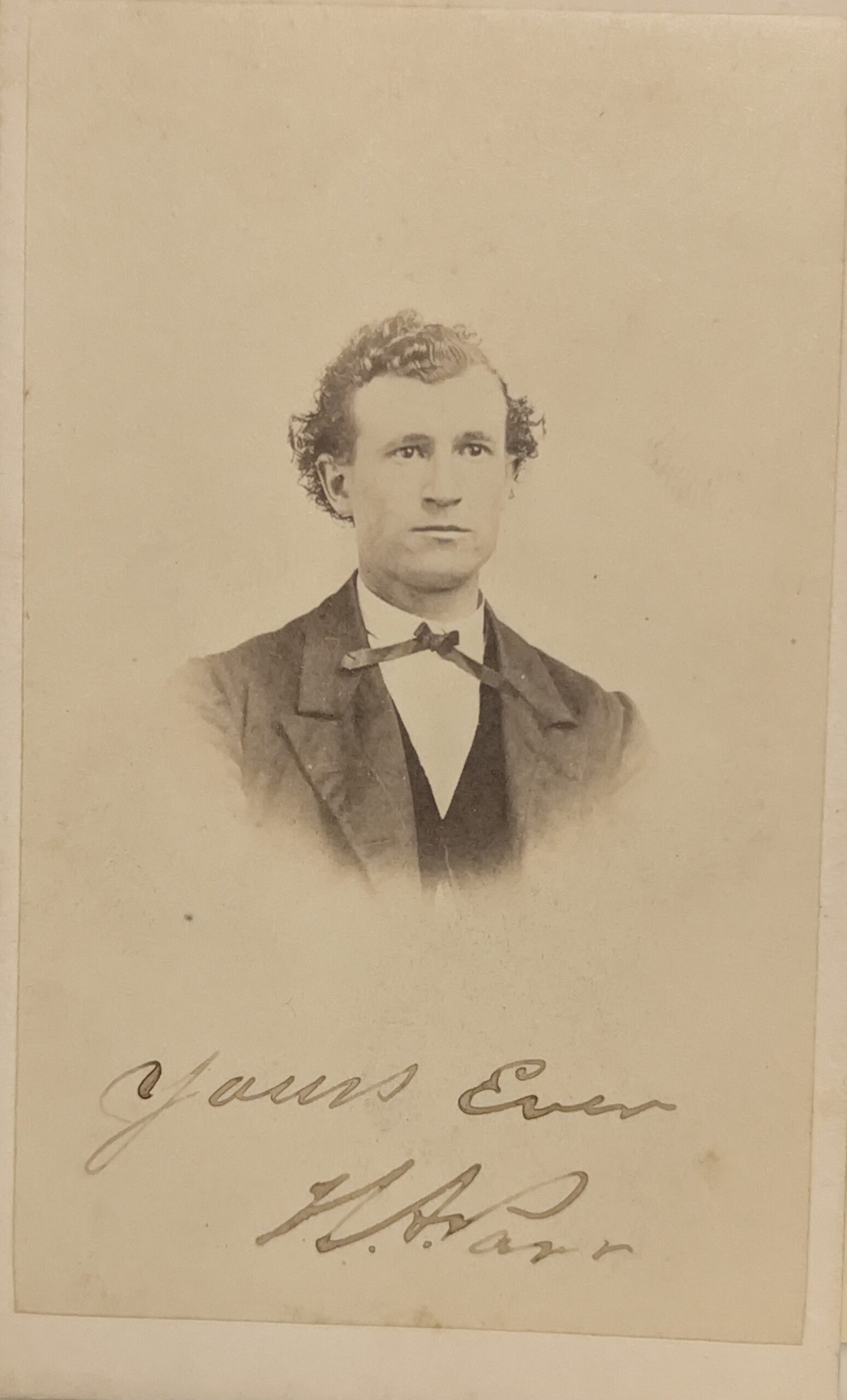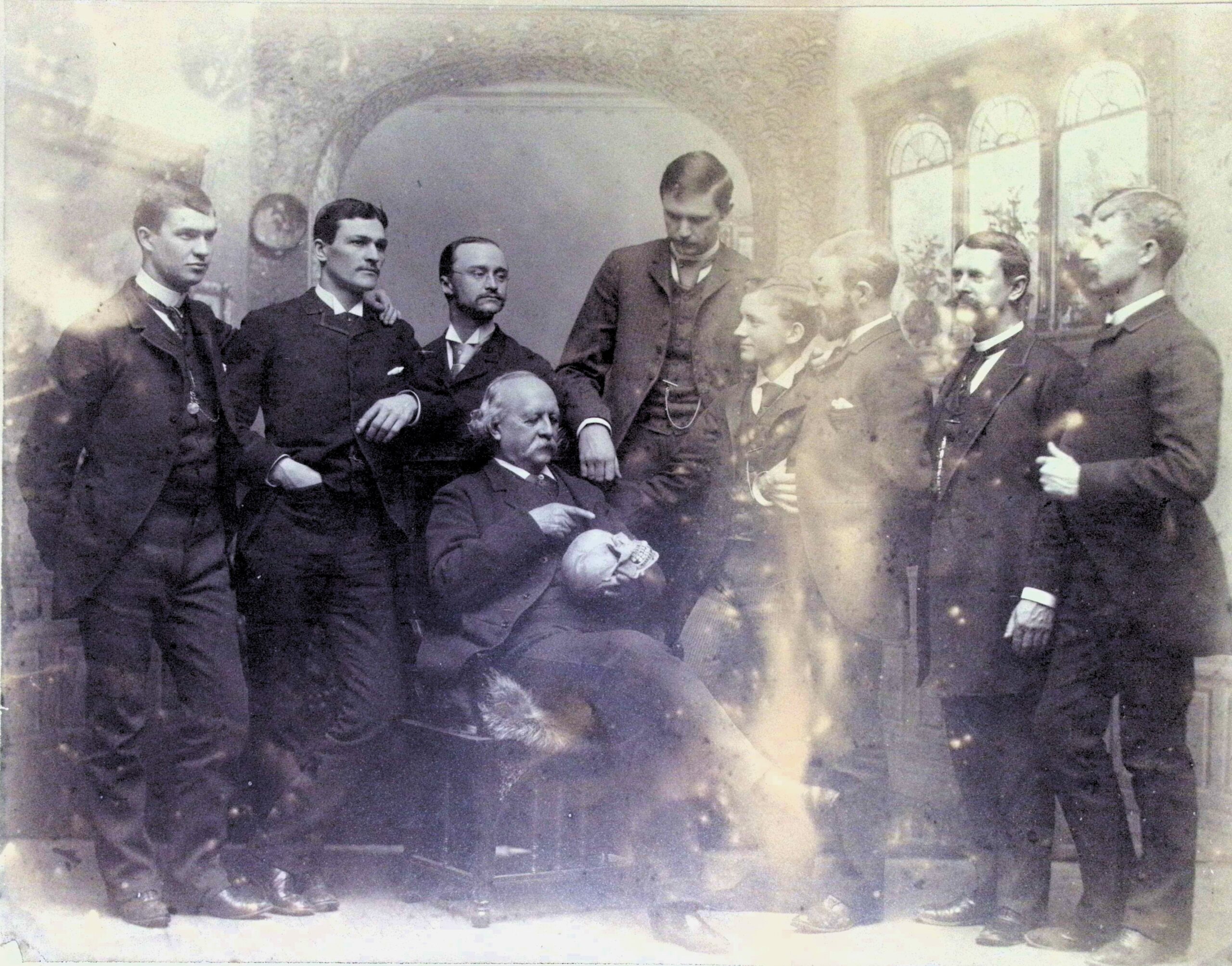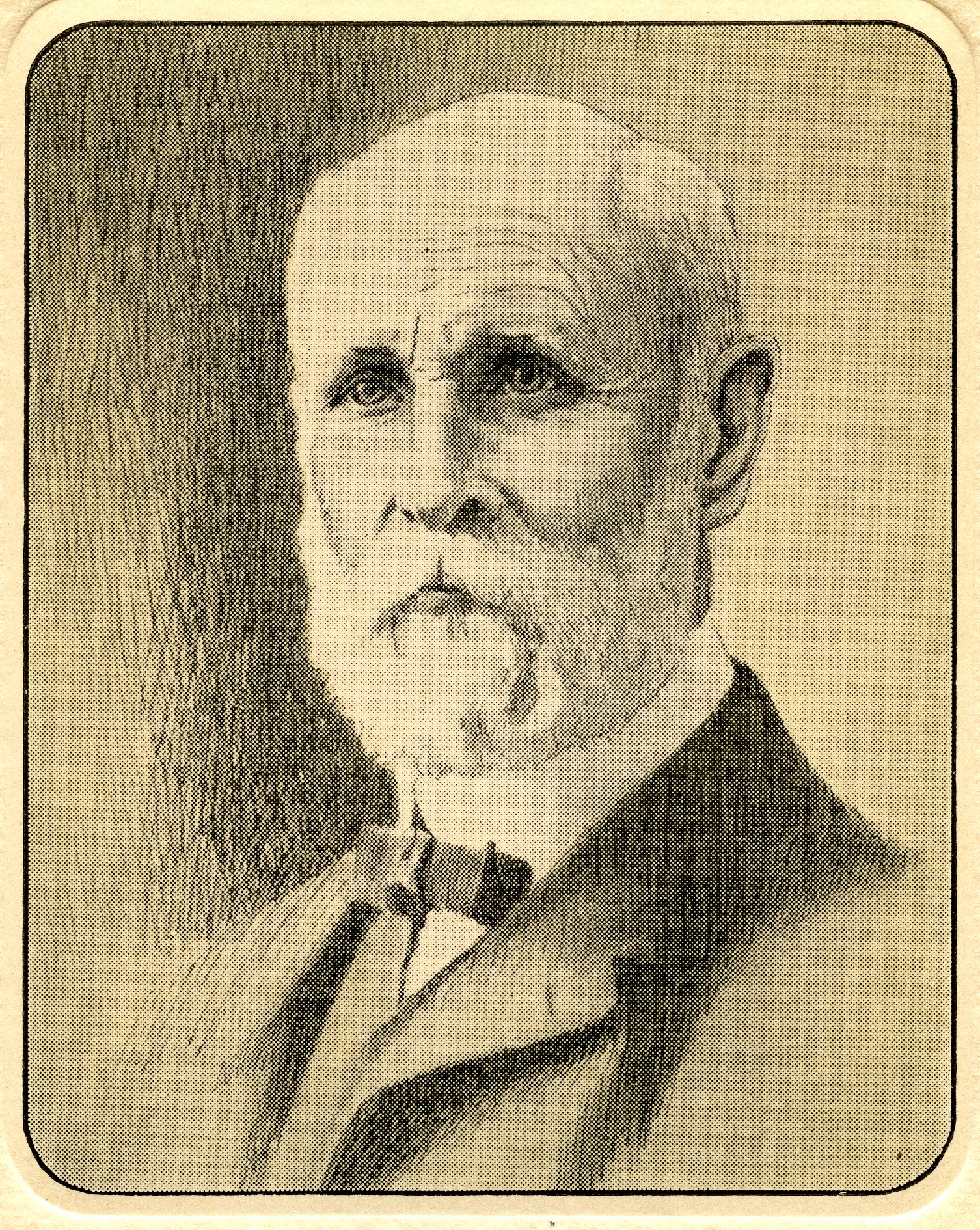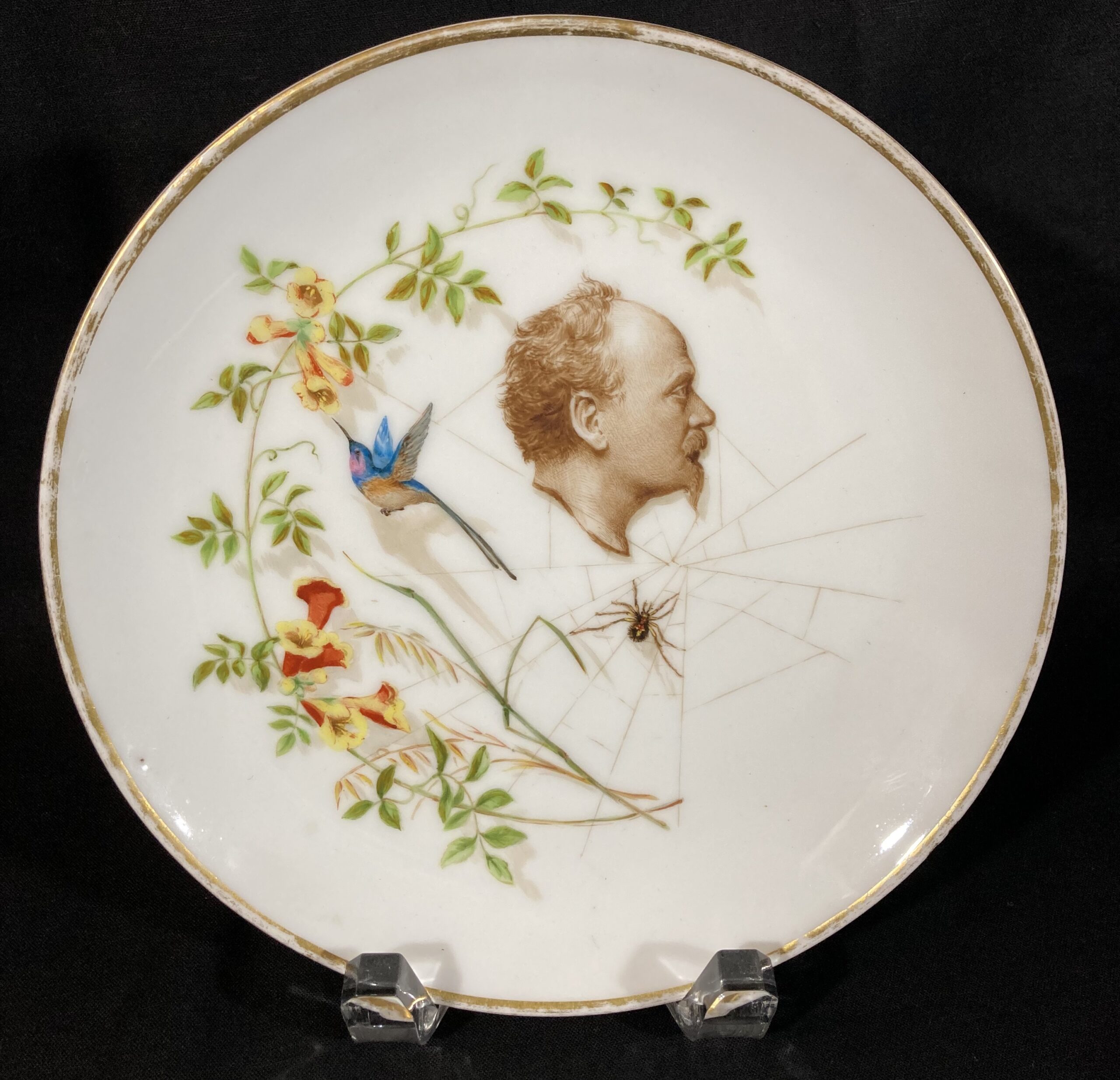“The innumerable quantity of broken teeth and fractured jaws, produced by bungling instruments and unfamiliar hands, along with stories of rheumatic and neuralgic suffering, caused by exposed pulps and diseased teeth, which we were obliged to listen to during the sojourn of the army in Savannah, were disheartening; and we determined then, should an opportunity ever occur, to contribute our mite [sic] towards a remedy.”
– Clark, Findley Y., The Employment of Dentists in the Army and Navy in Transactions of the Southern Dental Association, 1870, p. 71.
With the Civil War came a well-documented push from the dental profession to incorporate a dental corps into the military. Just prior to the Civil War, Edward Maynard, an honorary graduate and professor at BCDS as well as former West Point cadet, Maynard established a practice in Washington D.C., where he provided dental services to multiple presidents including Millard Fillmore and Franklin Pierce, as well as Pierce’s Secretary of War, Jefferson Davis, each of whom he is supposed to have discussed the idea of an Army dental corps with.
Maynard also invented multiple revolutionary inventions related to firearms during this time, which the U.S. Government and Military purchased and integrated into their supplies. None of Maynard’s efforts went beyond conversations, however, and during the Civil War dentistry was still relegated to civilian dentists, the Army medical department, or those dentists who enlisted and brought with them their dental instruments.
Various notable dentists enlisted on both sides of the war, including John Sayre Marshall, who would go on to become the “Father of the American Dental Corps,” Charles Koch, and Greene Vardiman Black on the Union side, and Adalbert Volck, Henry A. Parr, and Richard Winder for the Confederacy.
Following the Civil War, professional dentistry put even more pressure on Congress, the Department of War, and the Surgeon-General to establish a dental corps. Although a corps was not established, the first official dentist recognized as part of the military was Williams Saunders who became the dentist for West Point, U.S. Military Academy in 1872. A year later, and after a failed congressional bill to establish dental education departments at West Point and the Naval Academy, Dr. Thomas Walton, an 1856 graduate of BCDS, was appointed to acting assistant surgeon at the Naval Academy in Annapolis.
By the end of the 19th century, dentistry in the military could be summarized by having strict dental requirements for enlistment and reenlistment, but not providing any services to maintain the oral health of soldiers once they were in the Army.








